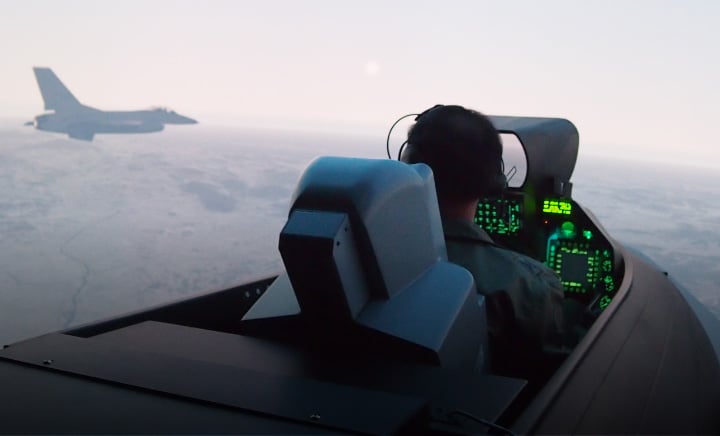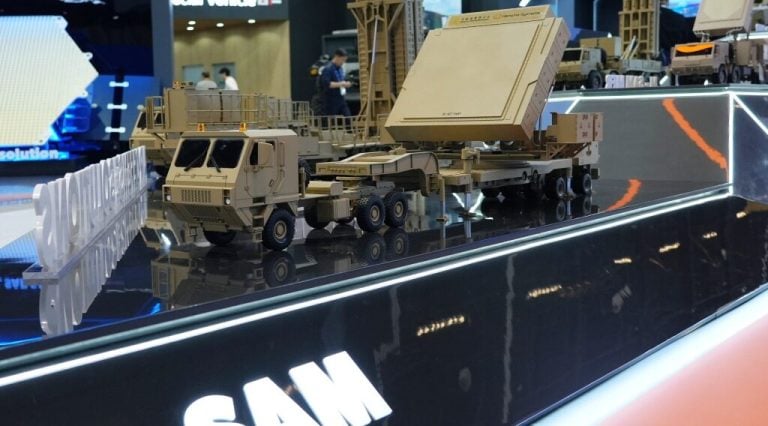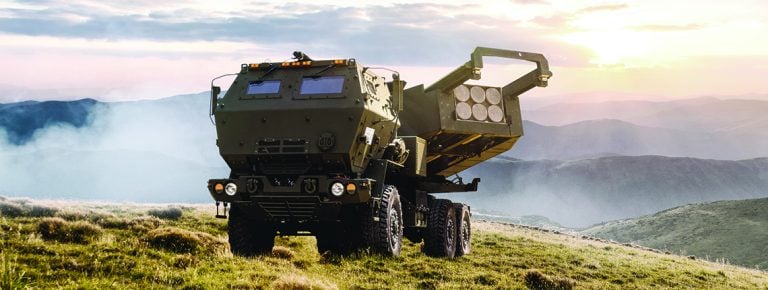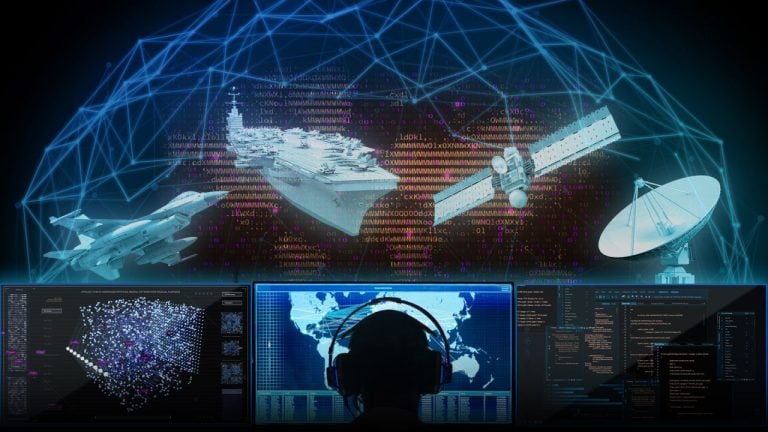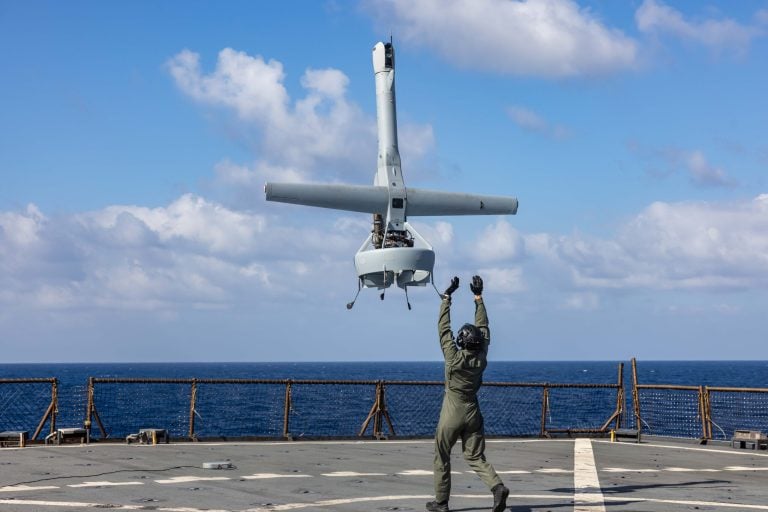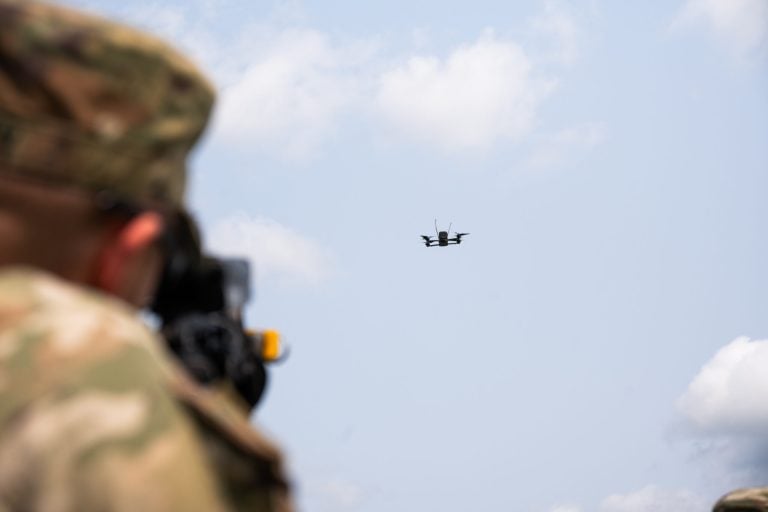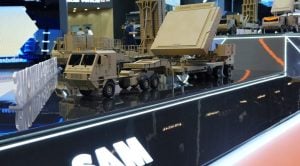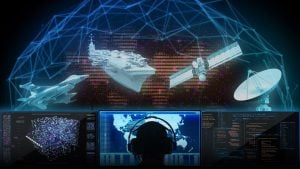In a significant move for aviation training technology, LG Electronics and Korea Aerospace Industries (KAI) have joined forces to develop cutting-edge flight simulator displays utilizing micro-LED technology. The two companies formalized their collaboration through a memorandum of understanding aimed at creating a high-fidelity visual system that leverages LG’s innovative “Magnit” micro-LED panels.
According to a report from the Yonhap News Agency, this partnership will see LG provide its state-of-the-art display technology, while KAI will focus on integrating these advanced systems into its existing simulator platforms designed for pilot training. A prototype recently exhibited featured a striking 13-foot-wide curved screen, measuring approximately 3.9 meters, specifically designed to enhance realism, depth perception, and situational awareness during flight simulations.
The micro-LED Magnit display represents a significant technological advancement, aiming to supplant traditional projector-based visual systems that pilots often rely on. The new display offers sharper imagery, superior brightness levels, and reduced latency, enabling a more immersive training experience. LG has highlighted the panels’ durability and energy efficiency, characteristics that align with KAI’s expectations for improved cost-effectiveness and reduced maintenance concerns in future training systems.
This collaboration comes at a time when South Korea is increasingly prioritizing sophisticated, immersive simulators capable of precisely replicating combat conditions. The aim is to minimize the expenses and risks associated with live training. KAI has been proactive in expanding its simulation programs, particularly for its KF-21 Boramae multirole fighter and T-50 Golden Eagle trainer aircraft, both of which now incorporate integrated mission rehearsal systems and virtual flight environments.
Moreover, the Republic of Korea Navy has also made strides in this direction by unveiling a high-fidelity virtual-bridge simulator. This innovative system allows officers and enlisted personnel to practice essential skills like navigation, formation maneuvers, and multi-vessel coordination, all under realistic digital scenarios. The combination of these technological advancements signals a commitment to enhancing training capabilities and operational readiness within South Korea’s defense forces.
